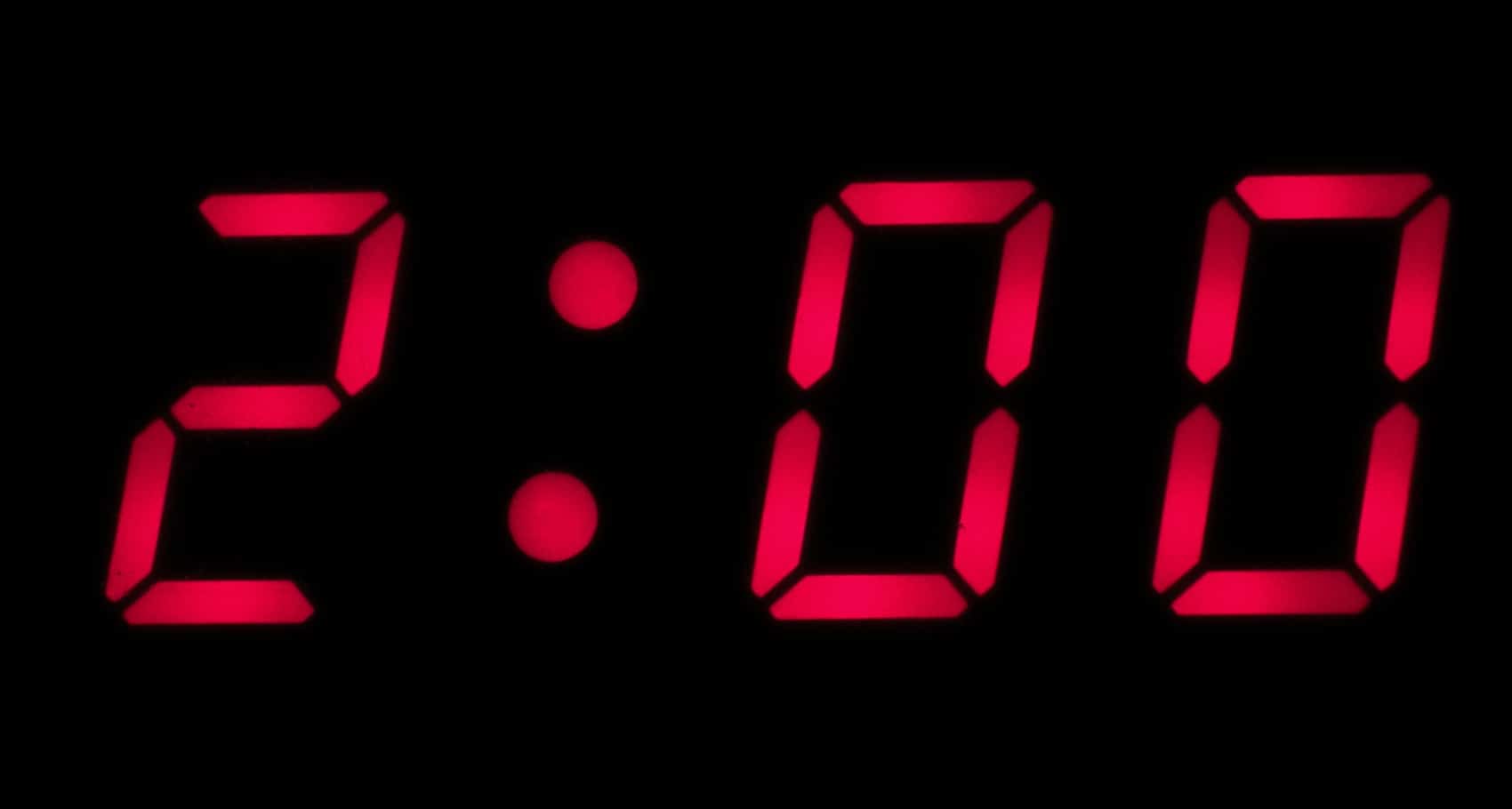“If it will take less than two minutes to do it, then do it now.”
This is a phrase I’ve heard countless times. If you have a task that comes your way and can be done in two minutes or less, then get it done and out of the way. It seems like a good idea. I’ve even offered it as productivity advice in the past.
But here’s the thing: Two-minute tasks don’t work.
Why? First off, we have so many tasks that come at us every day and a lot of them might appear to fit in that category of “less than two minutes.” But then we get into them and the wind up taking up more time because we misjudged them. Things like “Call Jim” or “Email Jane” go from two-minute tasks to thirty-minute time vampires. It won’t happen for every task, but it will happen more often than you’d expect. It’s almost like an inverted version of Parkinson’s Law.
Secondly, since so many of these tasks land in our laps every day, they have a high tendency to distract and disrupt us. Even if we do manage to knock them out in the allocated time, they can lead us down a path of diversion that pulls us away from what we were working on. Getting back on track from a two-minute task is not as easy as it might sound. For those tasks that wind up taking longer than two minutes, it is even more difficult to get back on track once you’re done dealing with the disruptive task.
I think of two-minute tasks like the two minute warning in the NFL. The last two minutes of any NFL game takes far longer than two minutes. In fact, the time each game takes will vary. Sometimes the last two minutes can last ten minutes and sometimes it can last thirty. It all depends on other variables in the game. How many timeouts does each team have? What’s the score? Is it a close game or is it a blowout?
And that’s just for the spectator. Other variables are specific to the players and teams on the field. What are the current field conditions? Is it raining or snowing? Is the team on offense or defense? How many downs are left? How many yards to reach the end zone? What about field goal range? Should they run or pass? Should they blitz or play coverage? All of these things are taken into account throughout the game, but in the last two minutes everything seems to be amplified.
Two-minute tasks are eerily similar as they can take longer than two minutes to complete because of other variables. Some of these variables are internal or personal. For example, if you’re not skilled at something, then it will take longer. If you don’t have the resources at hand, then it will take longer. If the person you’re working with on the task has anything to add (or subtract) from what needs to be done, then it will take longer. Yes…even if something is subtracted there will be time needed to adjust and clarify. That takes time.
So…if you’re not using two-minute tasks then what should you use in order to knock out smaller tasks in a way that allows you to keep moving them forward?
What if instead of two-minute tasks, you started thinking in five-minute chunks? That’s what I’ve done…and it’s made a huge difference.
Five minutes seems more reasonable to me. Time divides easier into five-minute chunks. If you have 15 minutes between meetings, then what seems more reasonable to achieve during that timeframe: seven tasks or three tasks? While the higher number might sound more appealing at first blush, let’s keep in mind that productivity is just as much—if not more—about quality than quantity. And if you still think quantity trumps quality then look at it this way: five minutes of focus is more than two minutes of focus. That’s definitely worth considering, especially if you want to take whatever you’re doing in your life to the next level.
I’ve given up on two-minute tasks. And I’ve started to encourage others to do the same. There’s a song by the Canadian band Trooper called “Three Dressed Up As A Nine” and I firmly believe that more of our tasks are “fives dressed up as twos” than the other way around.
One of the easiest ways to start giving the five-minute task a try over the two-minute one is to do the following two things:
- Make a quick list of all the tasks that already align themselves with a five-minute duration. I’ll get you started: Writing an entry in The Five Minute Journal, steeping many types of tea, the break between ‘pomodoros’ in The Pomodoro Technique, or anything that my friend Craig Jarrow at Time Management Ninja suggests here.
- Create a tag, label, or context in your task management solution that indicates tasks that will take five minutes or less. Popular iterations are: lessthan5, 5orless, 5min, etc. Avoid using the “<“ because some apps don’t deal too well with it in terms of coding structure (plus you won’t have to search for the way to enter it on your mobile device).
I realize that cutting the two-minute task out of your life is going against the grain of the popular GTD methodology created by David Allen, but if it isn’t working for you then shifting away from it isn’t just ideal–it’s crucial. I encourage you to look at the five-minute task your new lowest common denominator when measuring your time. It’ll help you stave off overwhelm and improve the overall quality of what you deliver…no matter what it is and how long it takes to do.
